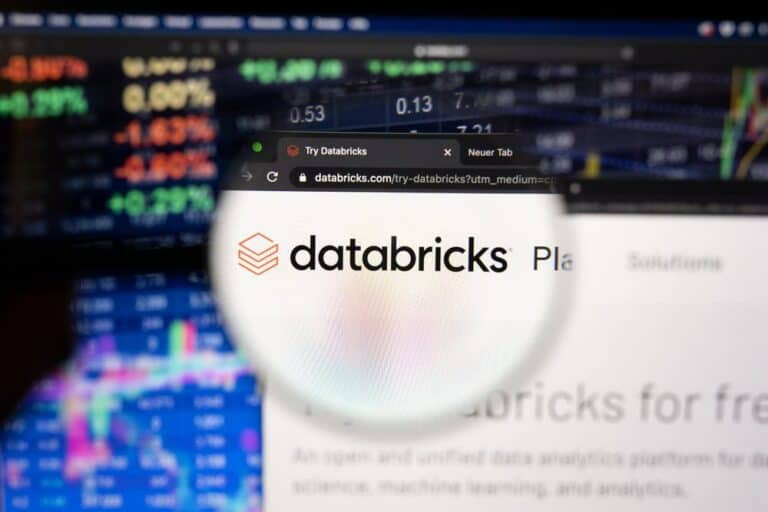Databricks launches Databricks Lakehouse for Retail. The introduction consists of new and existing analytics solutions for retail organizations, built on Databricks Lakehouse.
Databricks describes the solutions as Retail Solution Accelerators. The accelerators enable data scientists and engineers to swiftly generate insights that matter to retail organizations.
One accelerator helps gather data on points-of-sale, mobile apps, inventory and deliveries. Another accelerator provides a pre-built format to predict market demand for products.
The accelerators are being developed by Databricks and its partners, including Tredence and Deloitte. Tredence developed the On-Shelf Availability accelerator, an AI and ML solution to accurately match product inventory to demand.
Databricks Lakehouse
Databricks Lakehouse for Retail complements Databricks Lakehouse. Lakehouse made Databricks big. The platform combines two concepts in a single solution: data warehouses and data lakes.
A data warehouse contains data that’s suitable for the goal an organization wants to achieve through analysis. If that goal revolves around forecasting turnover, the data in the warehouse is explicitly relevant for forecasting turnover. Irrelevant data has no place. In contrast, a data lake welcomes all file and data types. The more data, the better: structure is not as important.
The advantage of a warehouse is searchability. Data is pre-sorted. An application or person does not have to dig through irrelevant information to find relevant data for analysis. The advantage of a lake is totality. Nothing is thrown away. All data is available, but not every person or application can navigate the landscape.
Databricks found a way to combine the best of both worlds. The organization developed Lakehouse, a platform with the totality of a lake and the searchability of a warehouse. All data is allowed in; relevant data floats to the top. In this article, elaborate on the technology that makes it possible.
